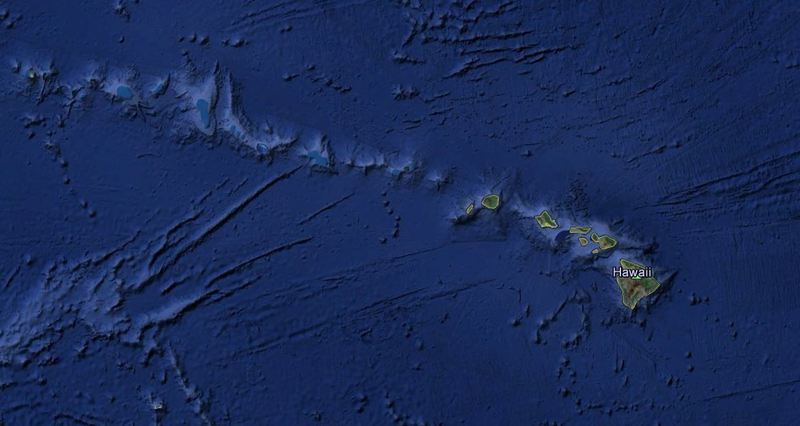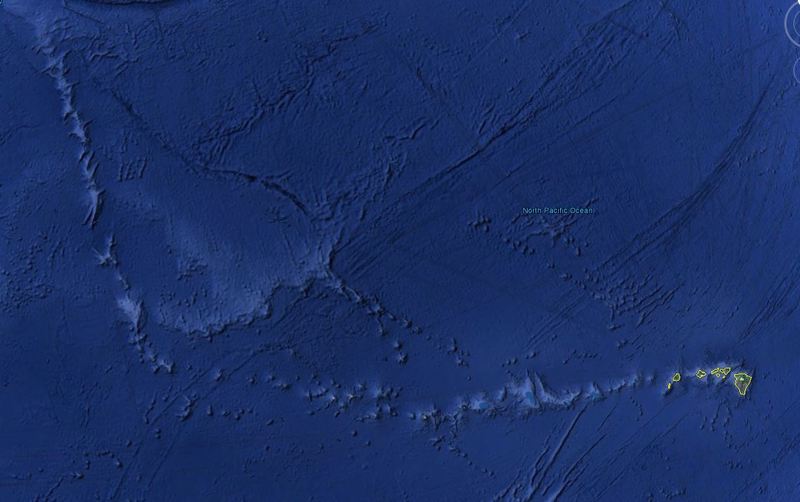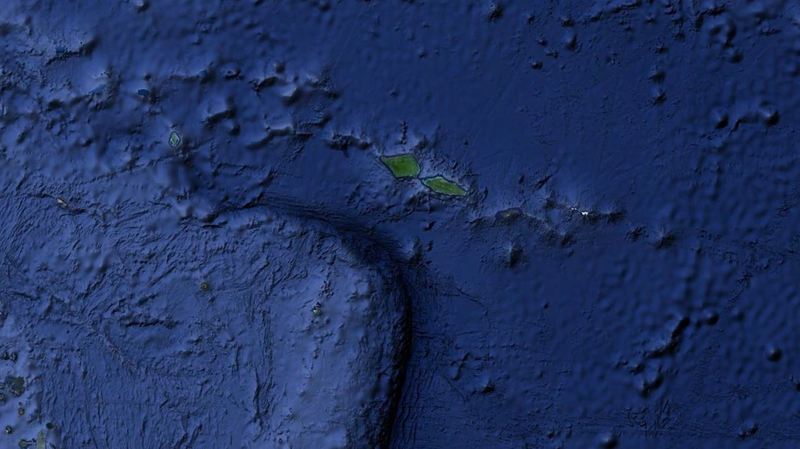Landforms and Physiography Comparison - Ocean Island (DeBarba and Scheland, 2015)
Item
-
Title
-
Landforms and Physiography Comparison - Ocean Island (DeBarba and Scheland, 2015)
-
Description
-
Both localities have the same general landform features. The islands are shield volcanoes that grew as the result of low viscosity lava flows being layered upon each other while the landform was above sea level.
As the islands are moved off of the hotspot vent and the lithospheric bulge caused by melt production they eventually subside below sea level. This takes variable lengths of time depending on how much growth occurred when the landform was a shield volcano at the surface. The degree of weathering and rate of plate motion also affects the physiography of the landforms. Once the islands are submerged they are not susceptible to weathering and are traceable on topographic maps of the ocean floor. The Hawaiian Islands are a type example of this aspect of mantle plume surface physiography. The direction and rate of plate motion is preserved in the path of extinct ocean islands.
-
Subject
-
The type of landforms that occur at the Samoan and Hawaiian Islands
-
Creator
-
Cullen Scheland
-
Source
-
Images: Google Earth






